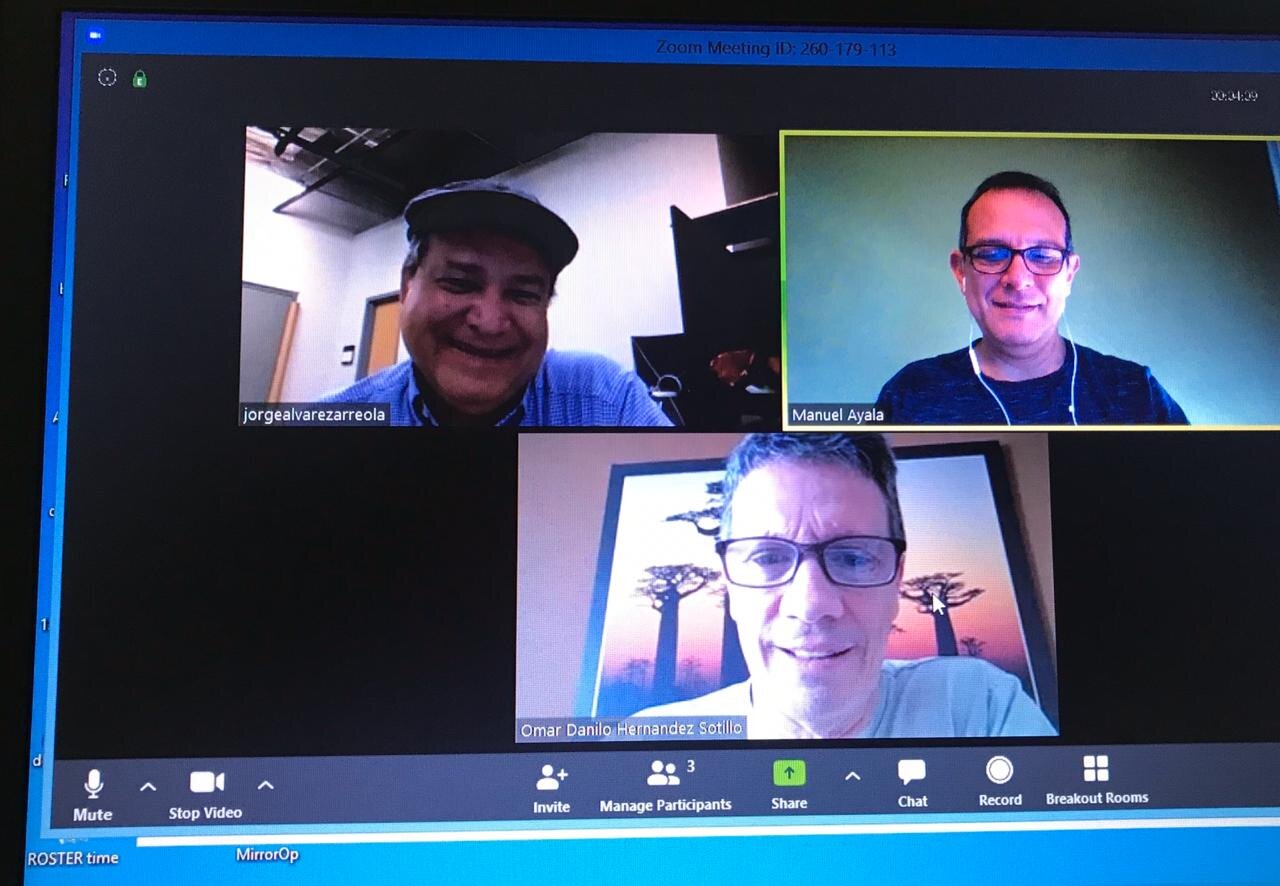The Flexible and Digital Model ensured academic continuity so that more than 90 thousand students and 10 thousand professors could resume their classes.
Thanks to 30 years’ experience in the design and teaching of digital education programs, in just one week of preparation and the suspension of academic activities for students, the institution resumed classes on March 23 through a Flexible and Digital Model designed to ensure educational continuity for more than 90 thousand students and 10 thousand professors.
The entire academic offering to high school, professional and postgraduate students is taught in digital format in more than 45 thousand synchronous sessions per week, and more than 280 thousand class sessions accumulated since the implementation of the model.
Features of the Flexible and Digital Model
The Flexible and Digital Model is a learning model that integrates innovative teaching strategies and cutting-edge technologies. The model proposes the design of a flexible and digital learning experience that combines the following academic components: Content, interaction, learning activities, technological tools, and evaluation.
The main features of the model are:
-
Flexibility to conduct live sessions from anywhere.
-
Follow-up, accompaniment, advice, and feedback from the professor using remote, interactive tools.
-
Availability of resources and learning contents (videos, web pages, etc.).
-
Development of active learning through web conference sessions, as well as in remote assisted work.
-
Use of vanguard educational technology to generate hybrid or distance learning experiences.
Teacher training
The preparation plan for professors and teaching was the basis for deploying the Flexible and Digital Model. All faculty were trained on active learning topics in digital context, web conference classes, interactions and communication, audiovisual content, evaluation strategies, and use of the platform; also, the training had pedagogical advice and continuously supported educational technology.
As support to all teachers, a strategy of accompaniment and follow-up was defined through the following support systems:
-
An ‘Academic Buddy’ was created to give personalized support to professors and ensure the success of his class during Zoom sessions.
-
Support and expert forums were implemented.
To support students, the Flexible and Digital Model site, in English and Spanish, was developed to provide them with all the necessary information, recommendations, guides, tutorials, and support materials to continue their academic training.
After the first weeks of implementation, and considering the opinions of students, teachers, and parents, the second stage of the model evolved, introducing the Flexible and Digital Plus Model to maximize the formative learning experience of the students.
Open access resources
As a contribution from Tecnológico de Monterrey to the world, sites with open educational content were created that integrate resources and best practices of support to the teachers. One example is the COVID-19 Educational resources and best practices, a site created by the Observatory of Educational Innovation with educational resources, best practices, and useful readings for teachers, non-academic staff, and students to deal with the global crisis unleashed by the coronavirus.
To view the first report of the Flexible and Digital Model during its first weeks of teaching, click on the following link (in Spanish): innovacioneducativa.tec.mx/continuidad-academica-reporte
This article from Observatory of the Institute for the Future of Education may be shared under the terms of the license CC BY-NC-SA 4.0 
)
)



)